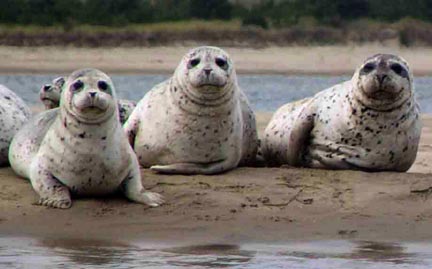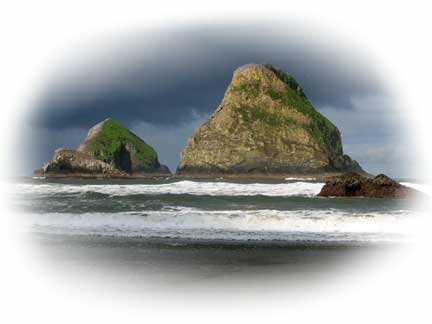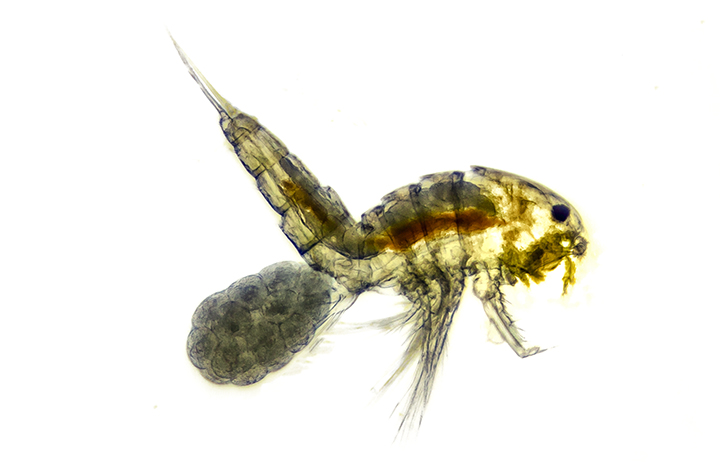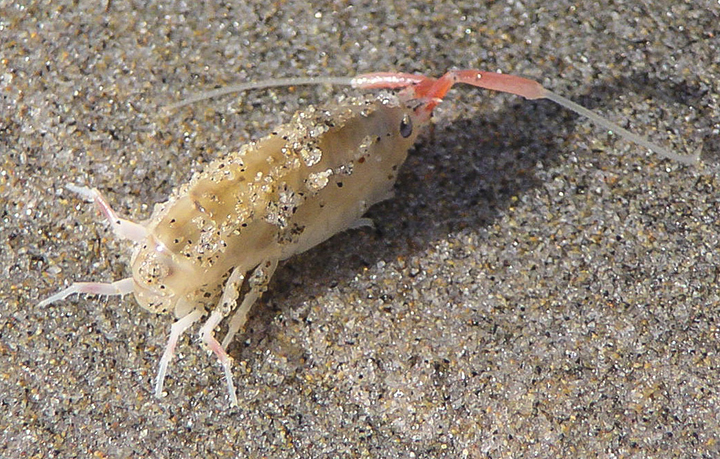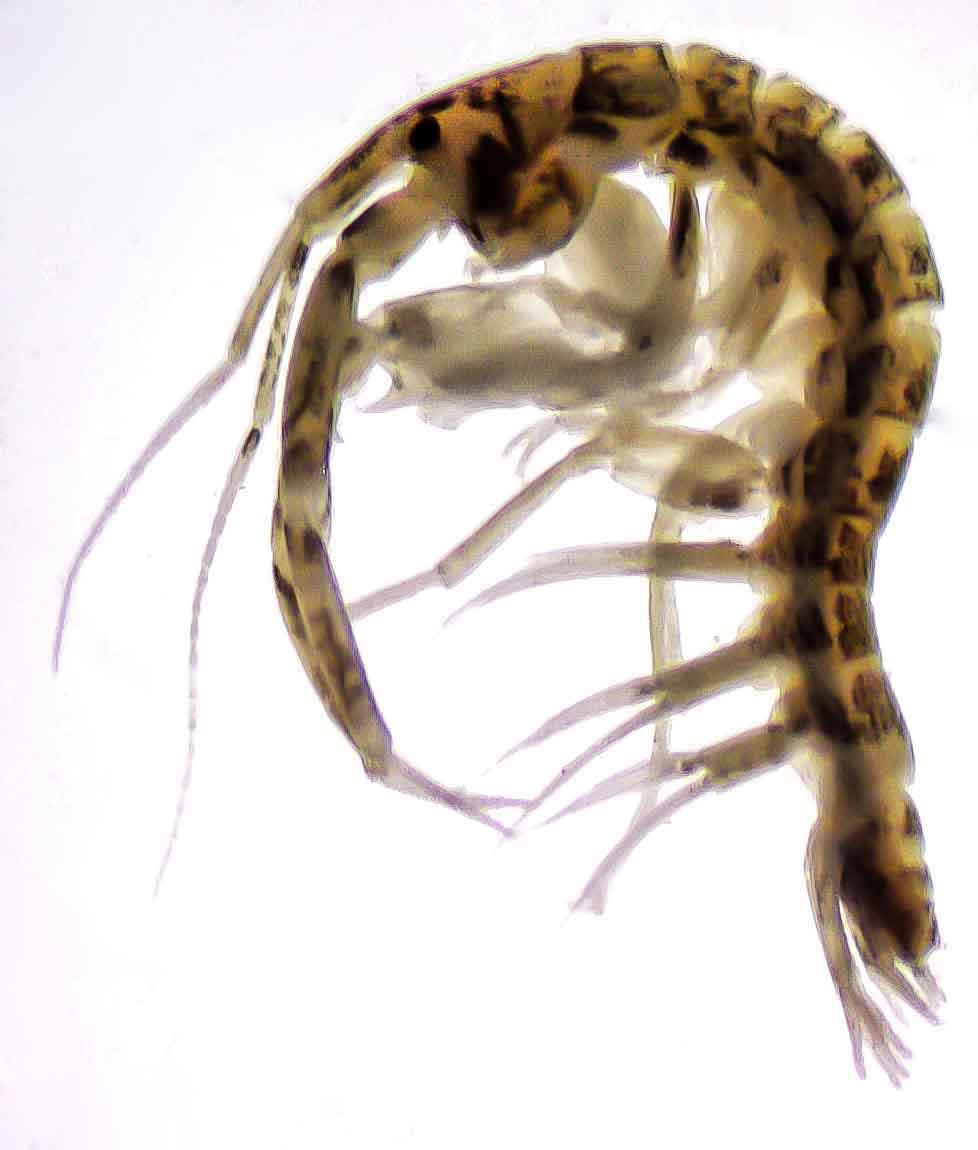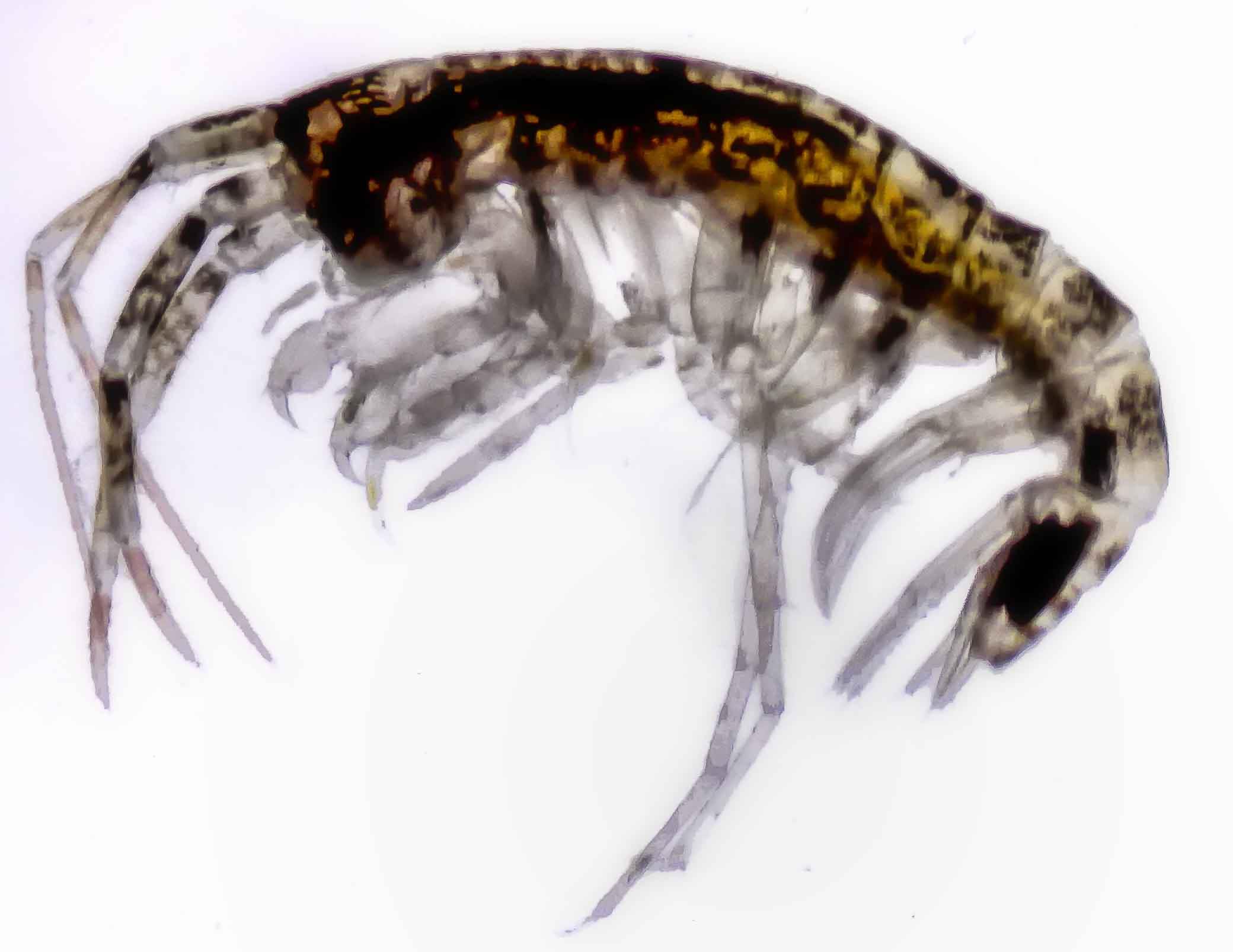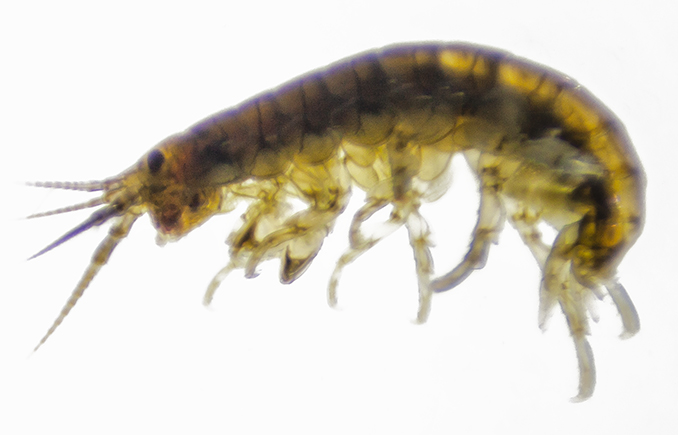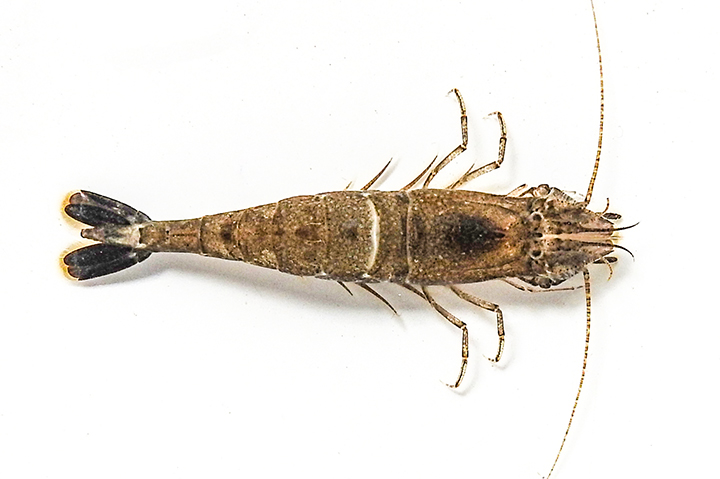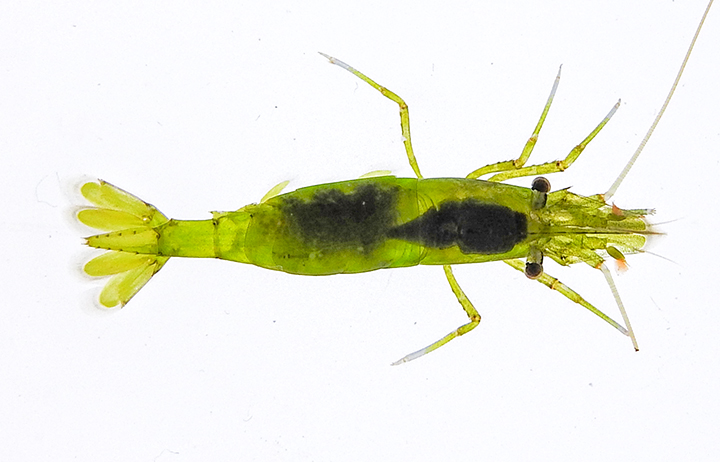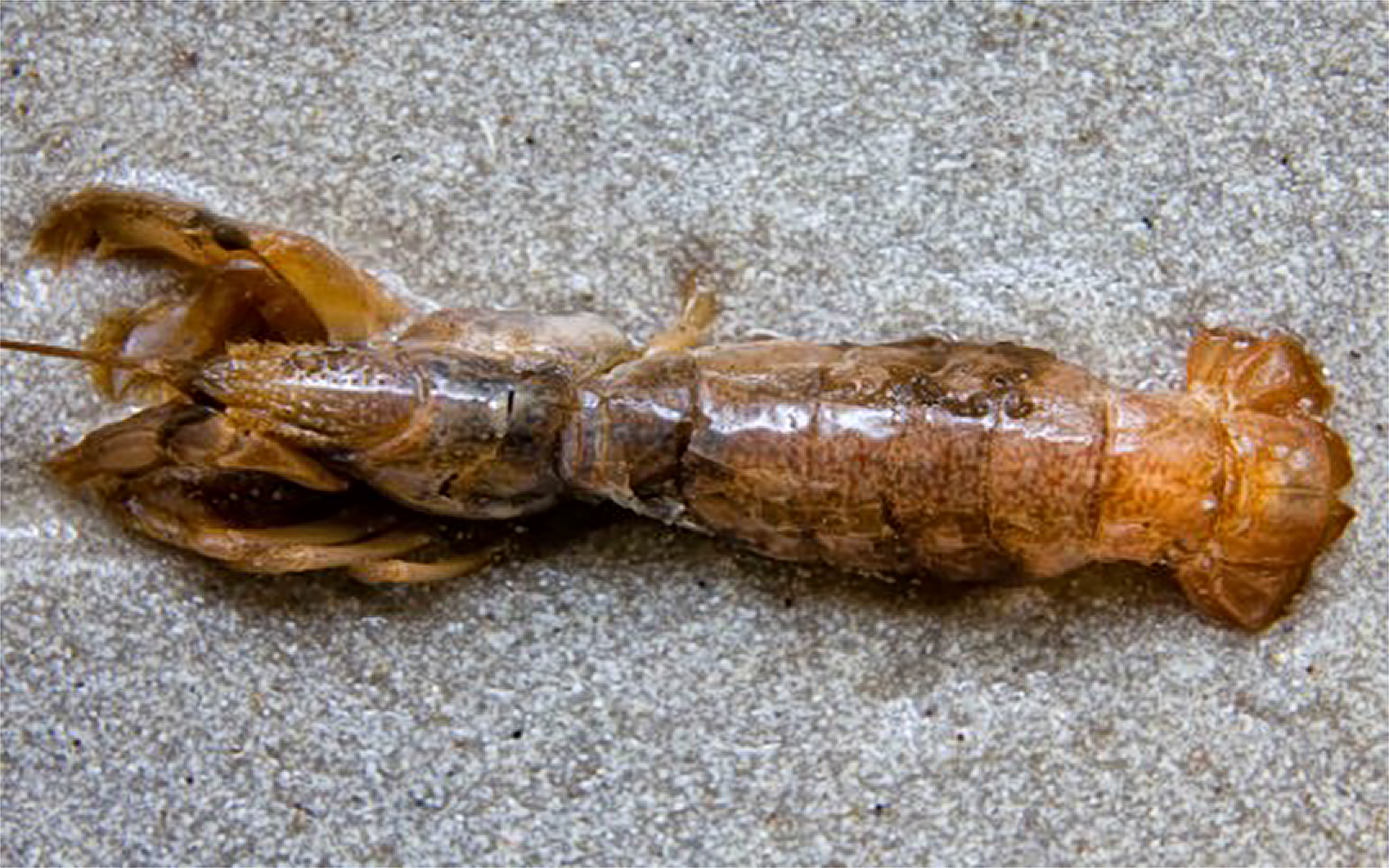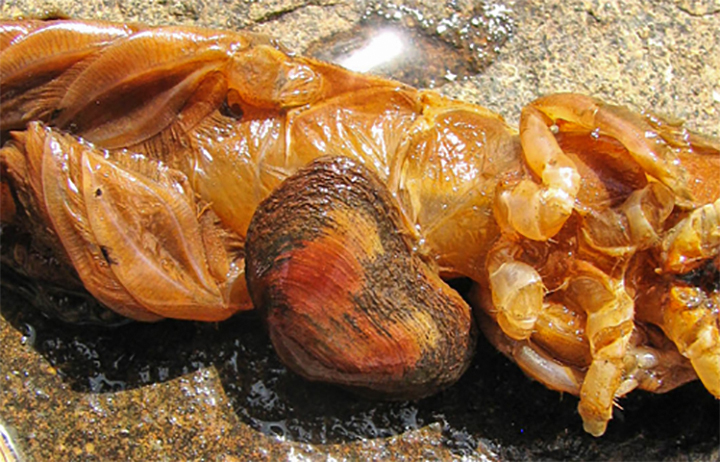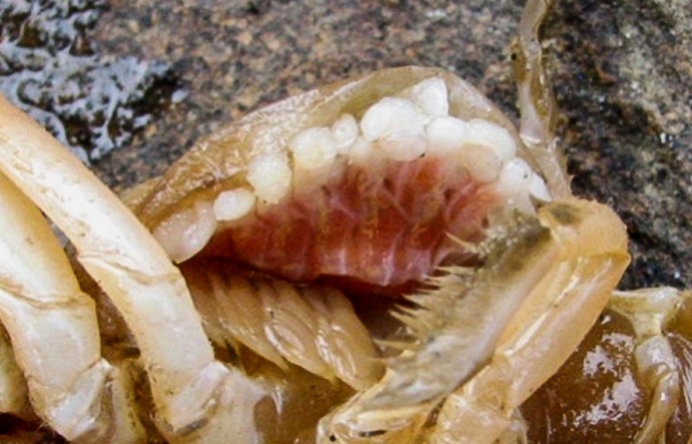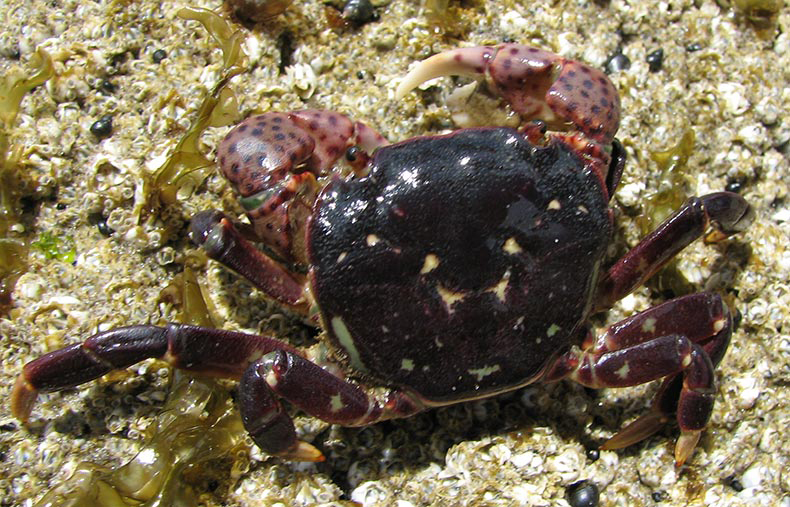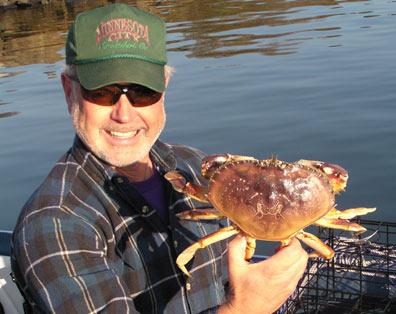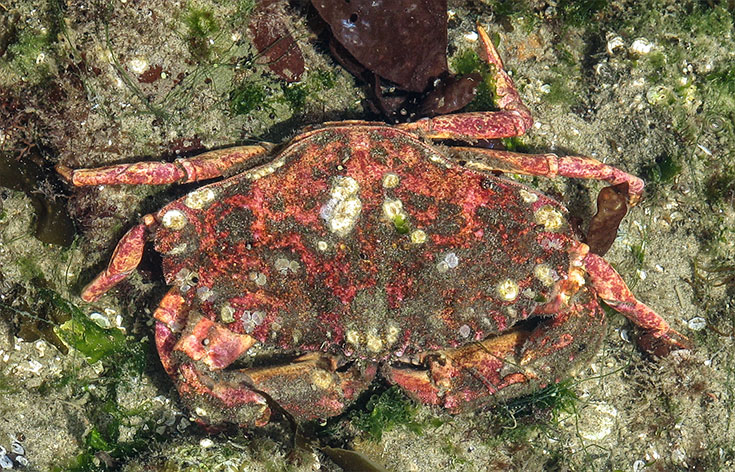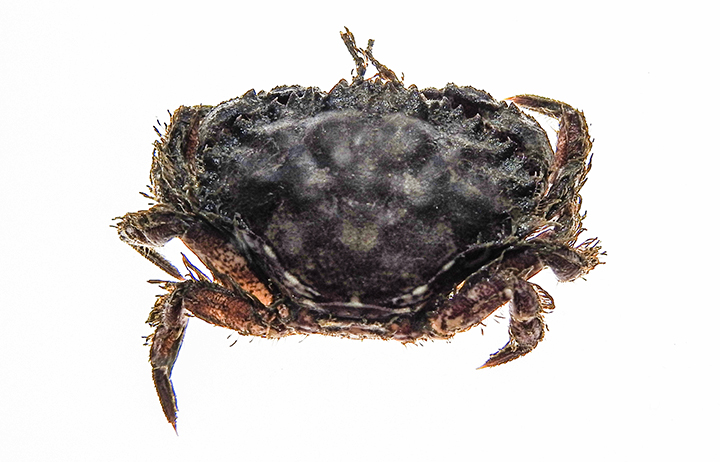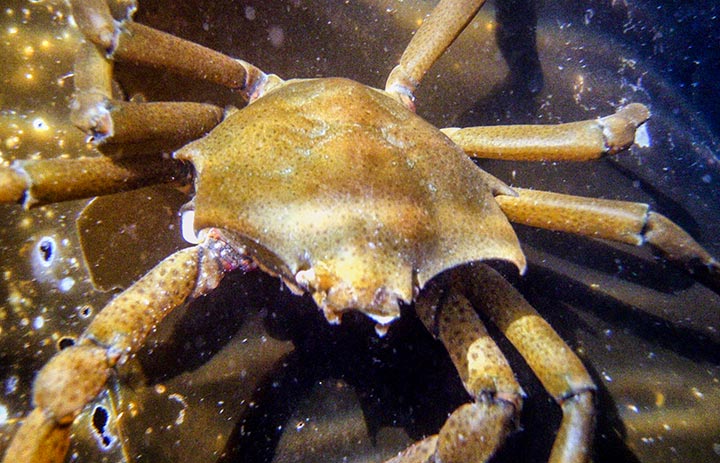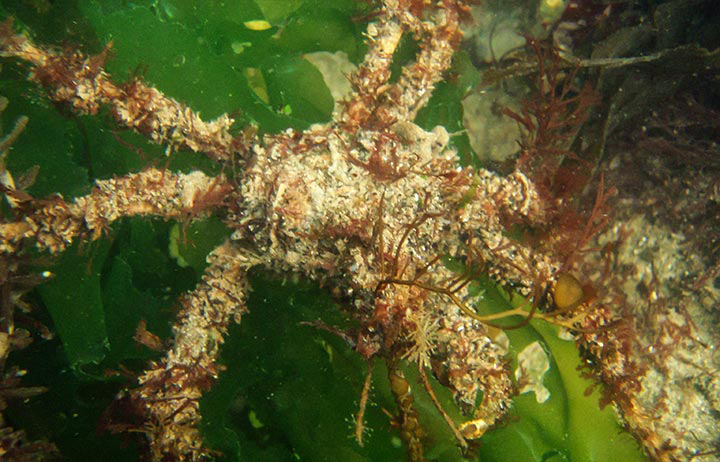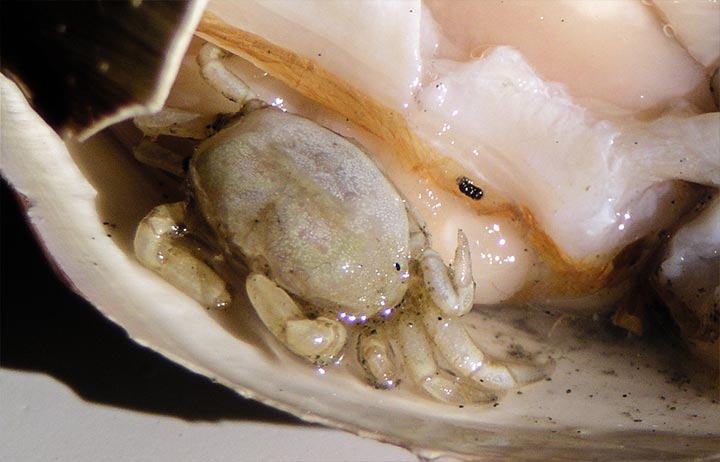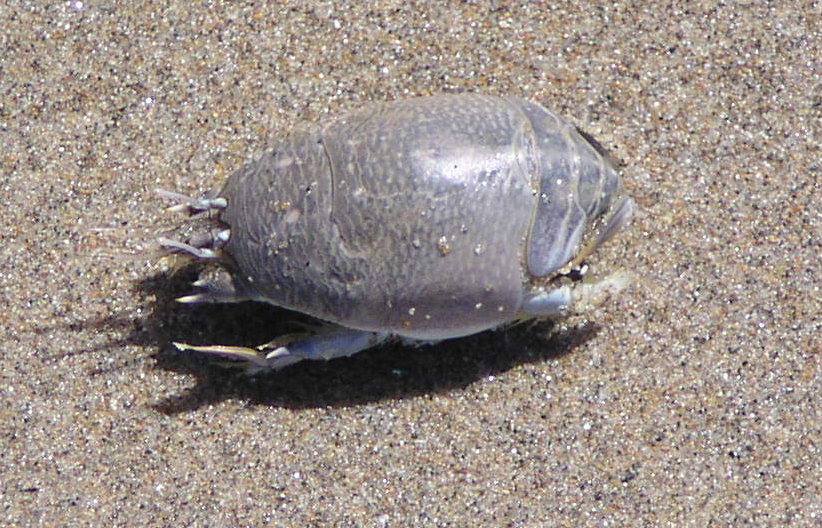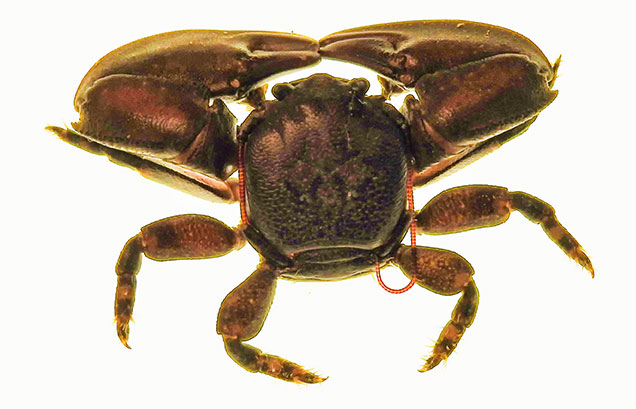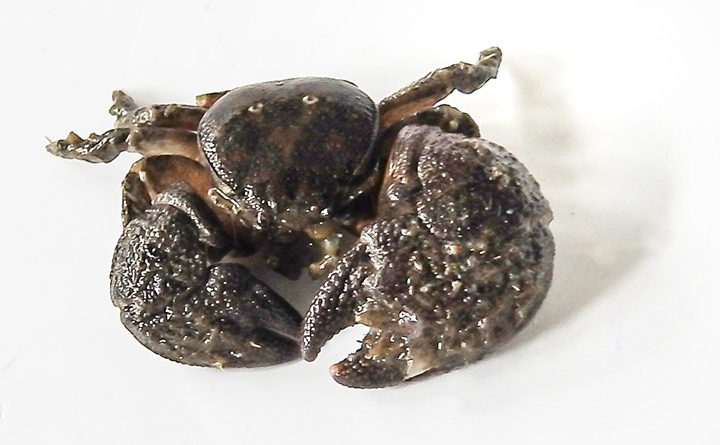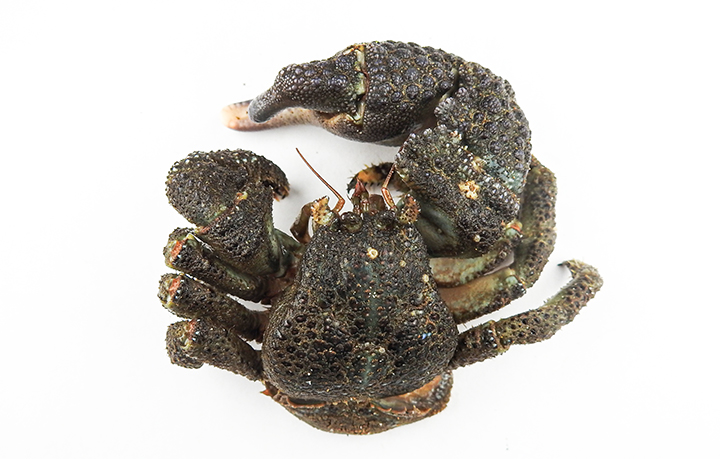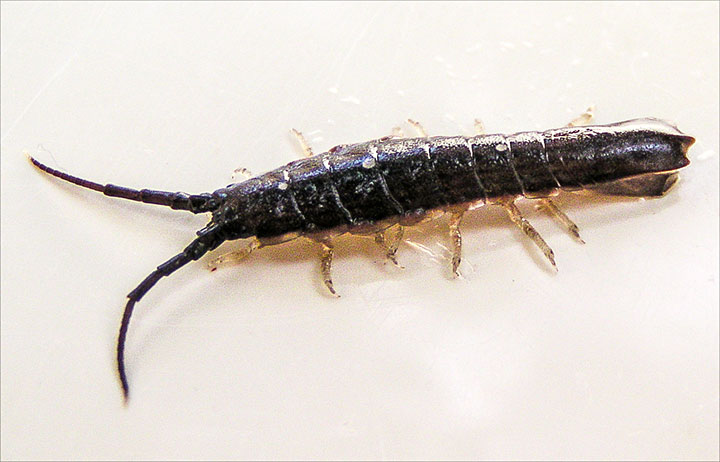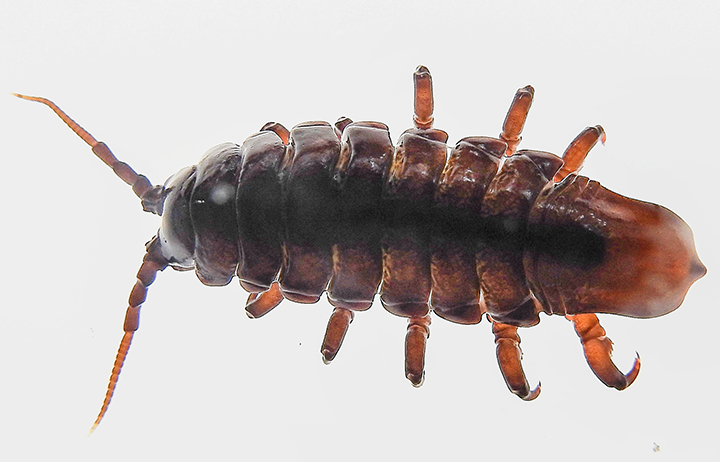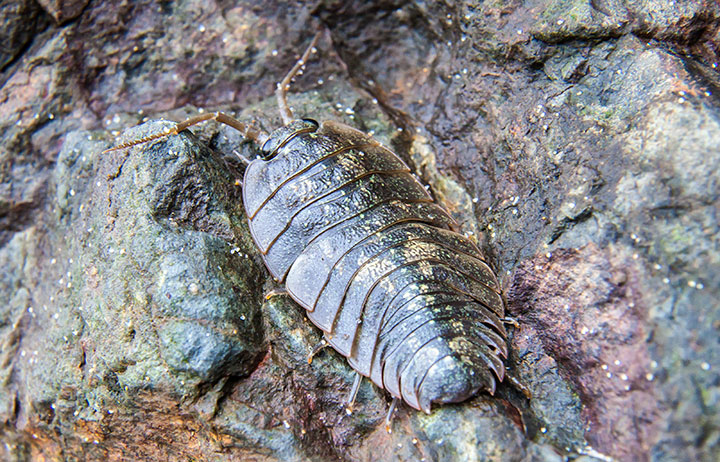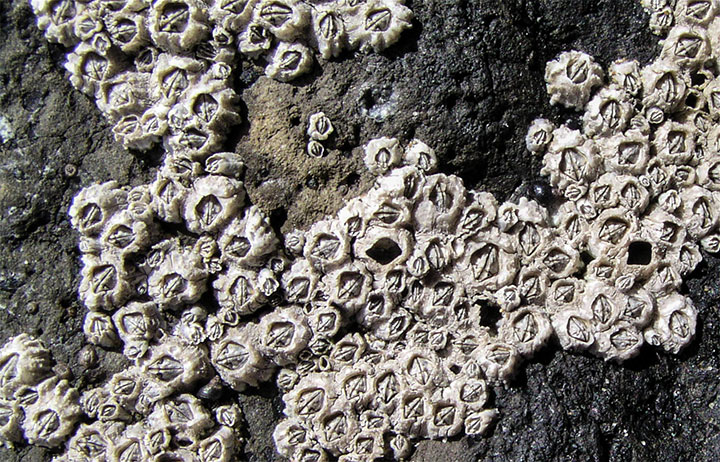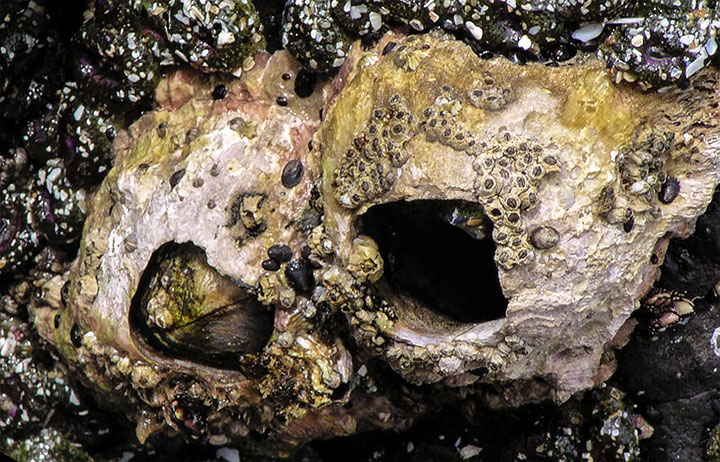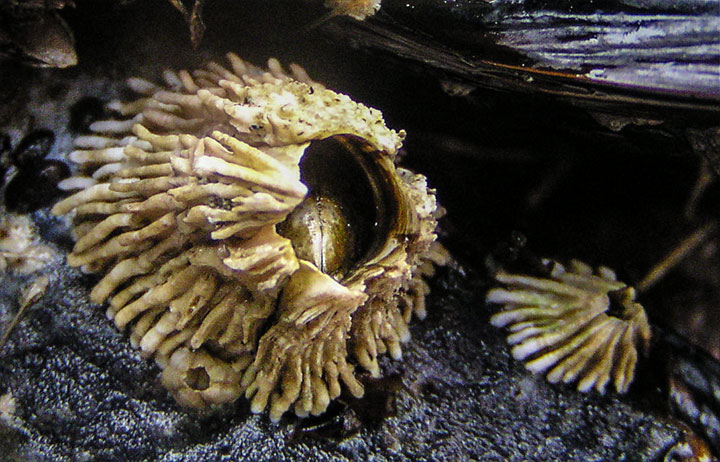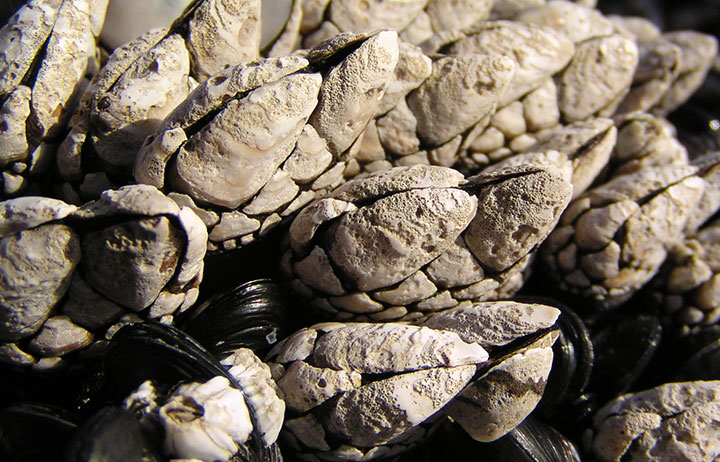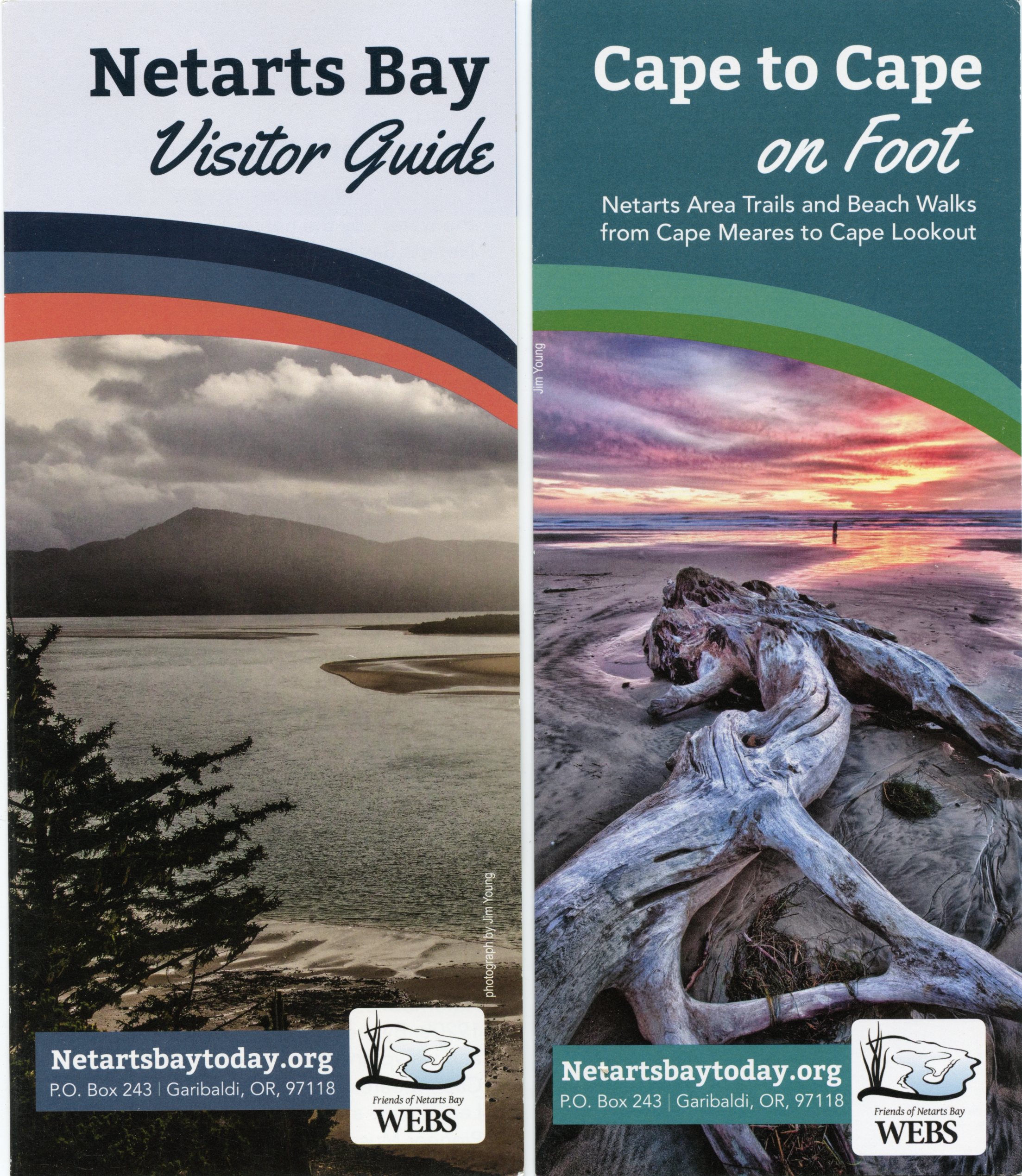Crangon nigricauda
Blacktail Crangon
Alaska to Mexico
Family Crangonidae
Native
The Blacktail Crangon Crangon nigricauda ranges from Prince Williams Sound in Alaska to Baja California, and from intertidal to depths over 200 meters. Despite its name, its tail is not always black. It may feed on a variety of invertebrates depending on prey size, availability and water temperature and salinity, but in San Francisco Bay, at least, it favors amphipods. It is fed upon by crabs, including Dungeness, and fish. Young Blacktails can be found more often in shallow, warmer, low salinity estuarine waters, whereas adults move to deeper, cooler, more saline water. Females go further up estuaries than males. These latter observations were from Yaquina Bay estuary, a riverine estuary with the Yaquina River flowing into Yaquina Bay, and its associated upstream variations in salinity, temperature, and depth, and may not apply to Netarts Bay which is shallow and has little freshwater input. Spawning in Yaquina Bay is from December to August.

